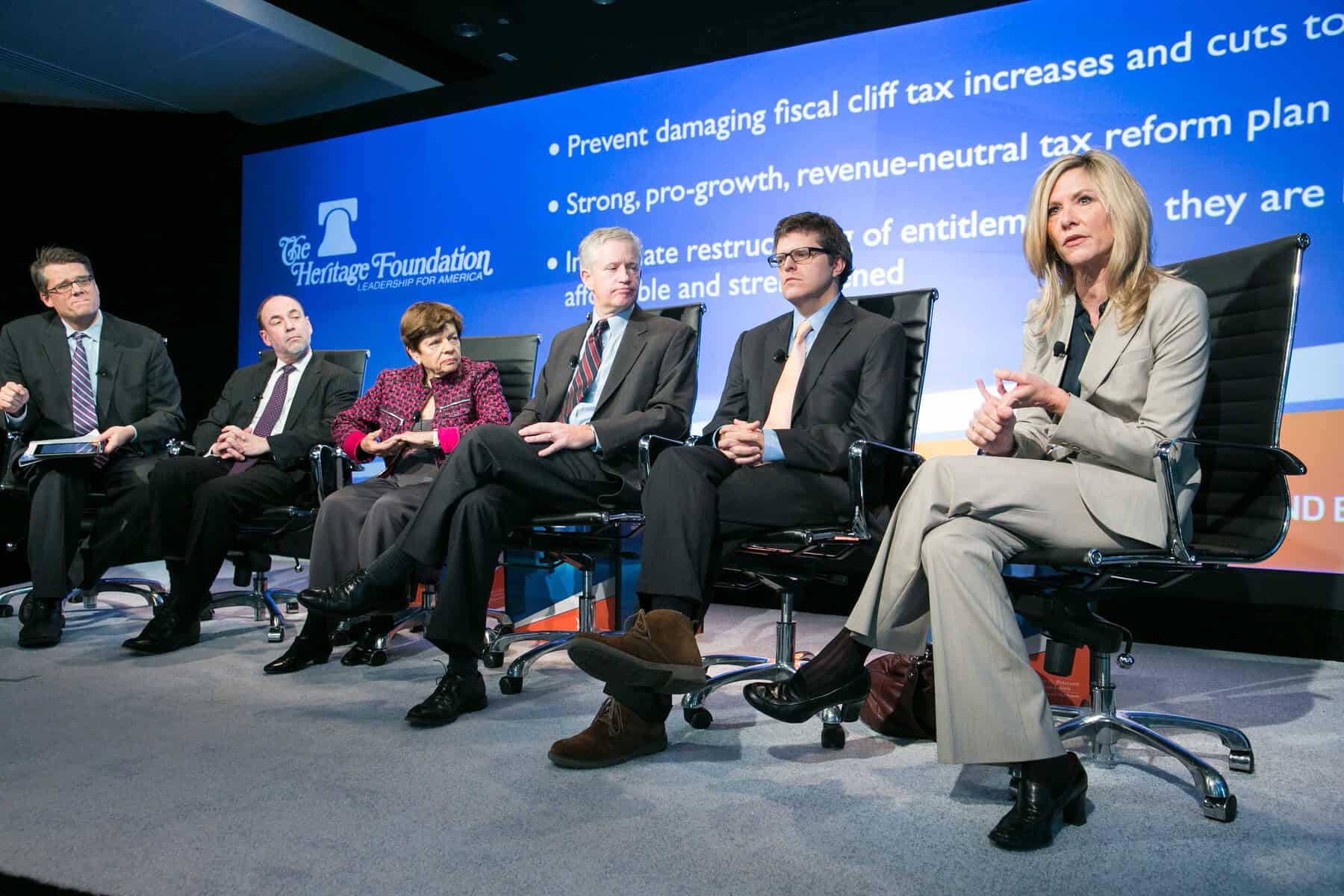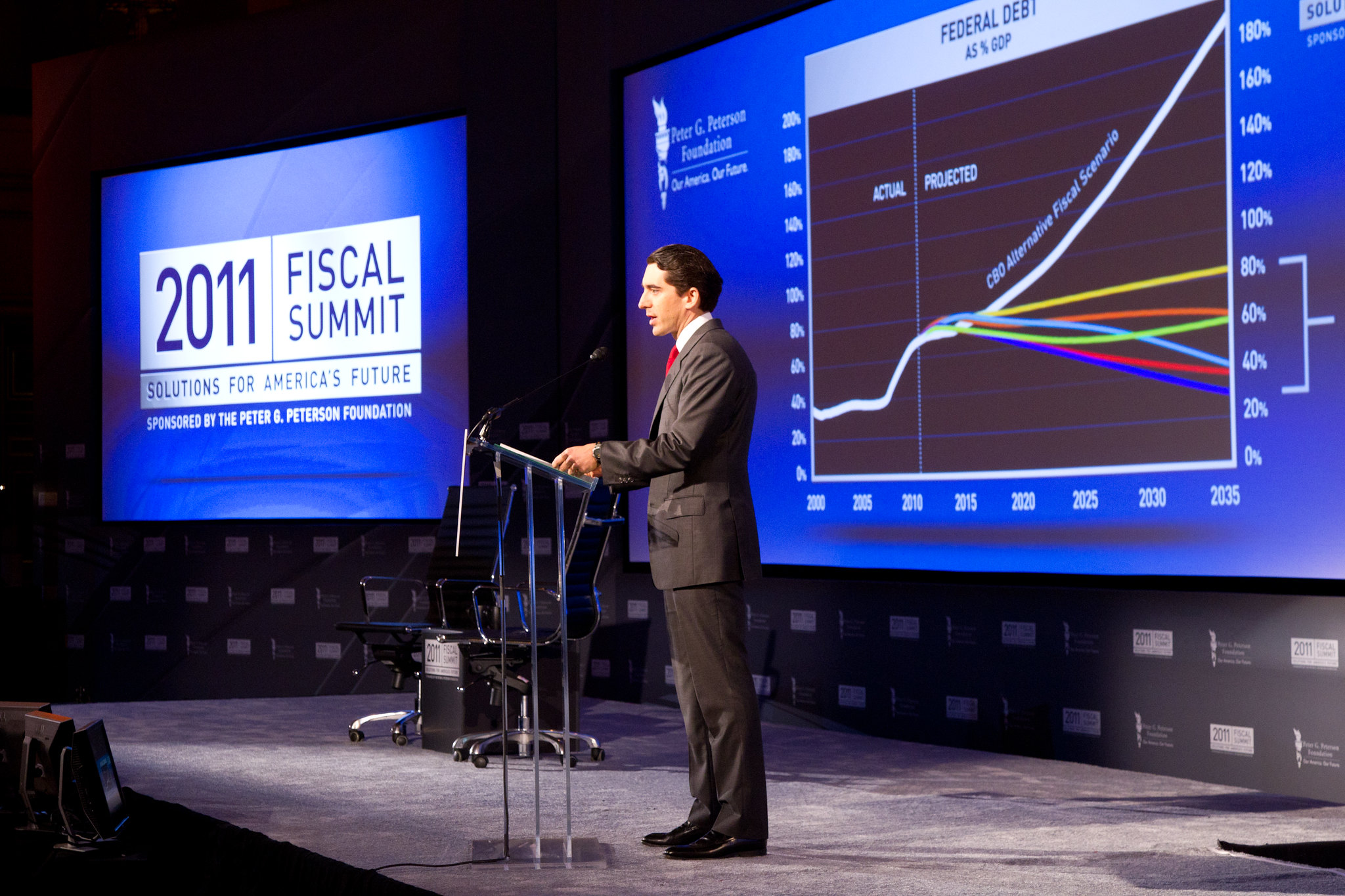The Solutions Initiative brings together leading policy organizations from across the political spectrum to put forward comprehensive plans to put America on a stronger, more sustainable fiscal path.
The Initiative demonstrates that there are many ways we can build a stronger future for America. The wide-ranging policy options and recommendations presented here can inform the national conversation, helping Americans and their leaders assess and prioritize solutions to our fiscal challenges. Proactively addressing our fiscal future will lead to a better course for America with less debt, stronger economic growth, broader prosperity, and enhanced economic opportunity.




